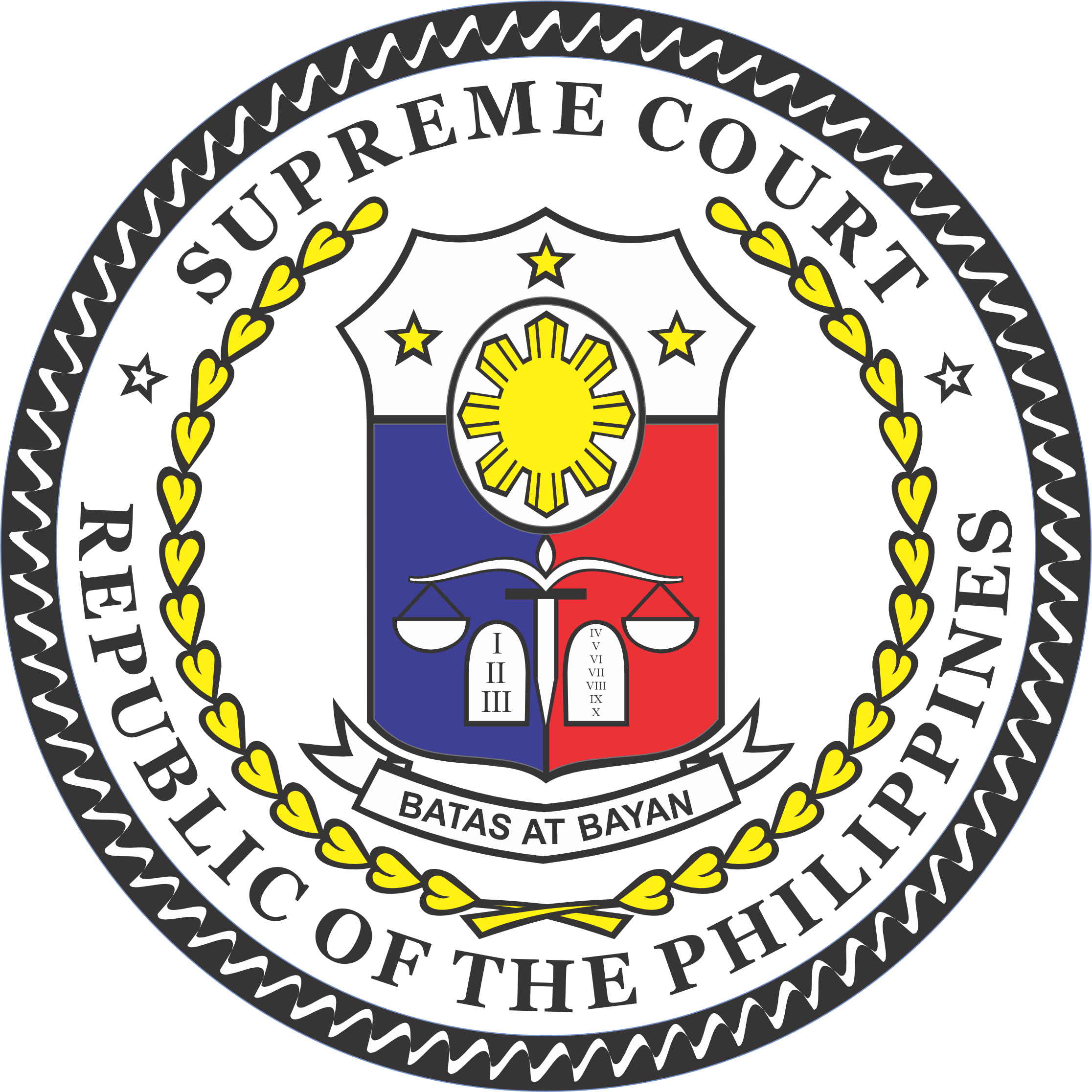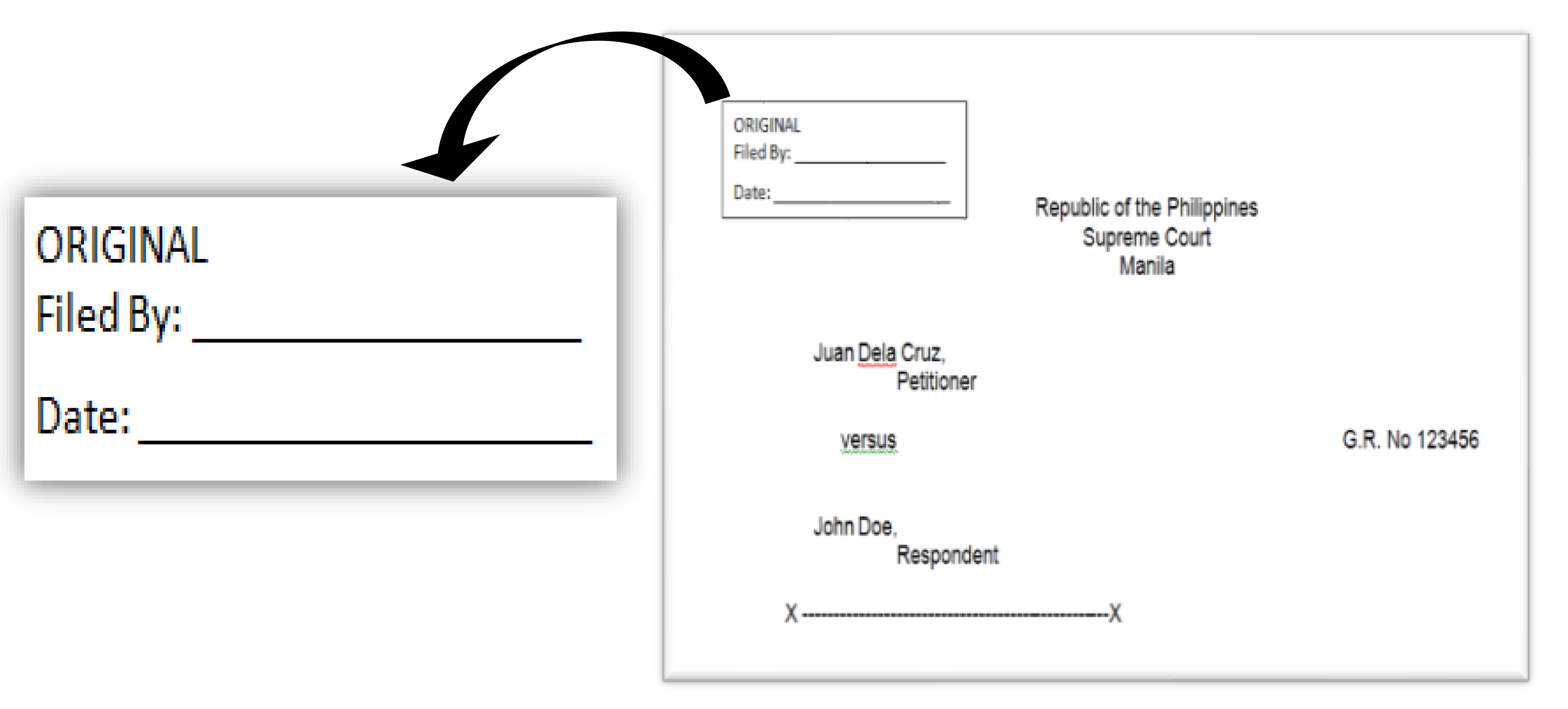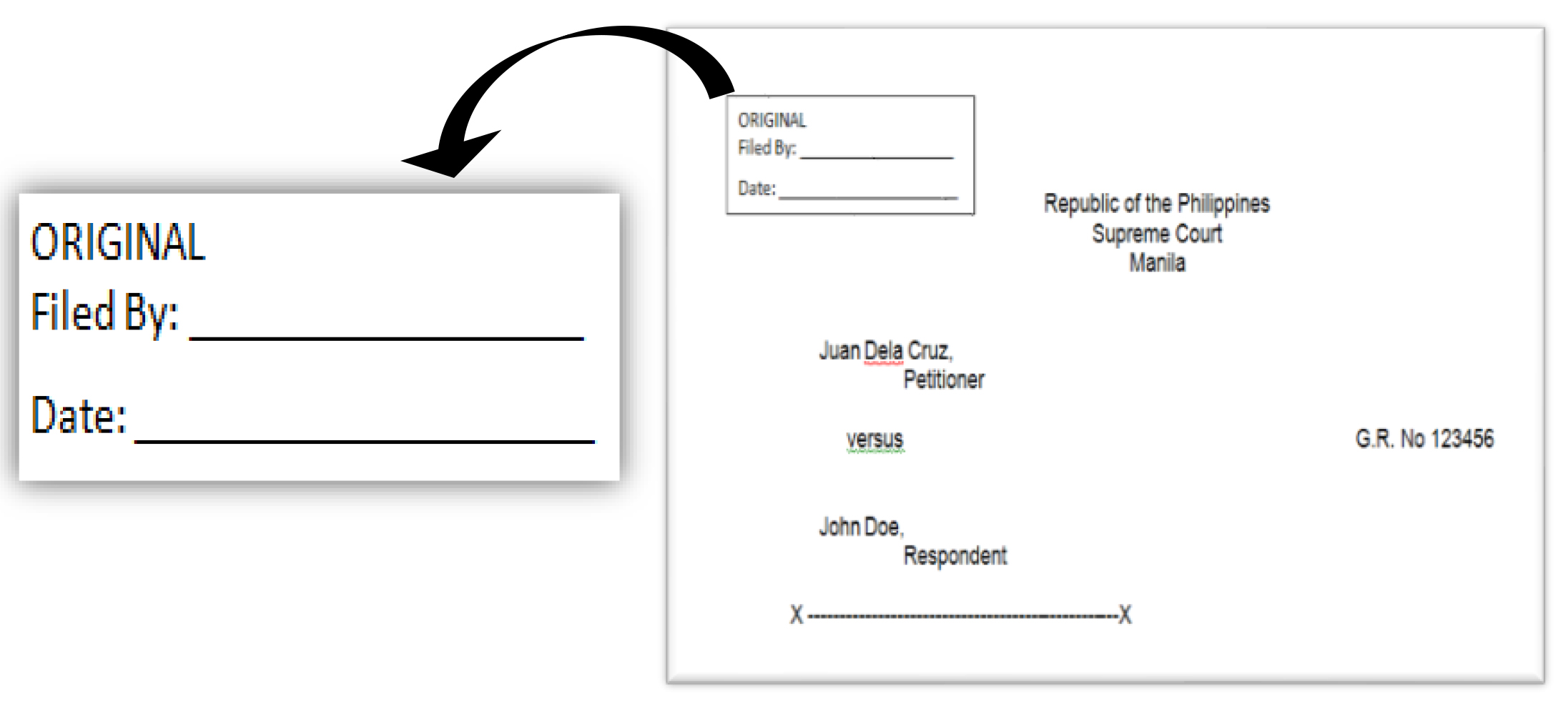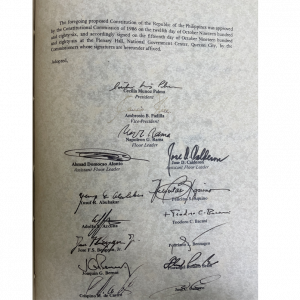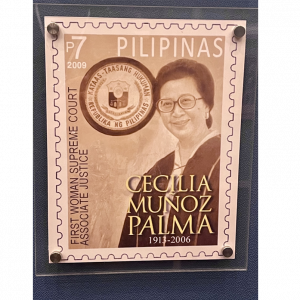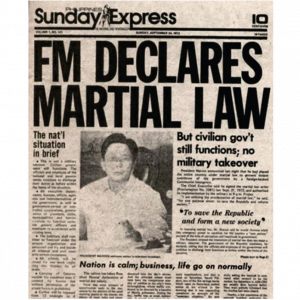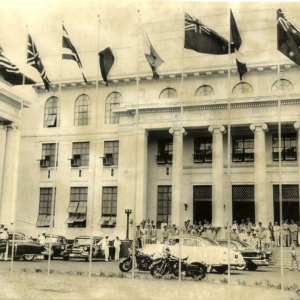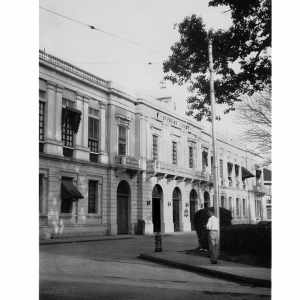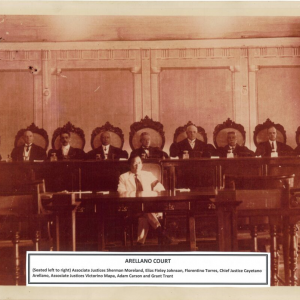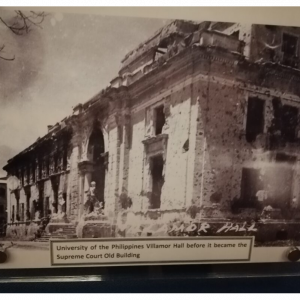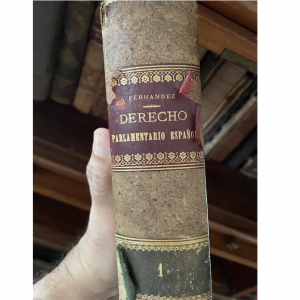

Slide
Filing and Fees
Slide
Filing and Fees
Requirement for Filing of Initiatory Cases
Steps for Filing
Filing Fees
OFFICIAL BUSINESS HOURS OF THE SUPREME COURT
Mondays to Fridays, 8:00 a.m. to 4:30 p.m. (Chapter III, SC Human Resource Manual, 2012)
Sources:
- Sec. 4 (2-3), Article VIII, 1987 Philippine Constitution
- Sec. 5 (1-2), Article VIII, 1987 Philippine Constitution
- The 1997 Rules of Civil Procedure, Rules of Court
- The Revised Rules of Criminal Procedure, Rules of Court
- Efficient Use of Paper Rule (A.M. N 11-9-4-SC, November 13, 2012)
- Guidelines on Submission and Processing of Soft Copies of Supreme Court-Bound Papers Pursuant to the Efficient Use of Paper Rule (A.M. No. 10-3-7-SC, September 10, 2013)
- Re: Initial Recommendations on Administrative Adjustments from the Judiciary-Wide Committee on Legal Fees (A.M. No. 17-12-09-SC, January 10, 2018)
- Supreme Court Human Resource Manual, 2012
Email Us
Please include your name, contact number, email address, and the subject in your email.
Please read our Privacy Notice for the terms on the collection of your personal information.
[formidable id=1]
By using this Query Form, you agree to the collection of personal data. For more information, you may refer to our Privacy Notice.
